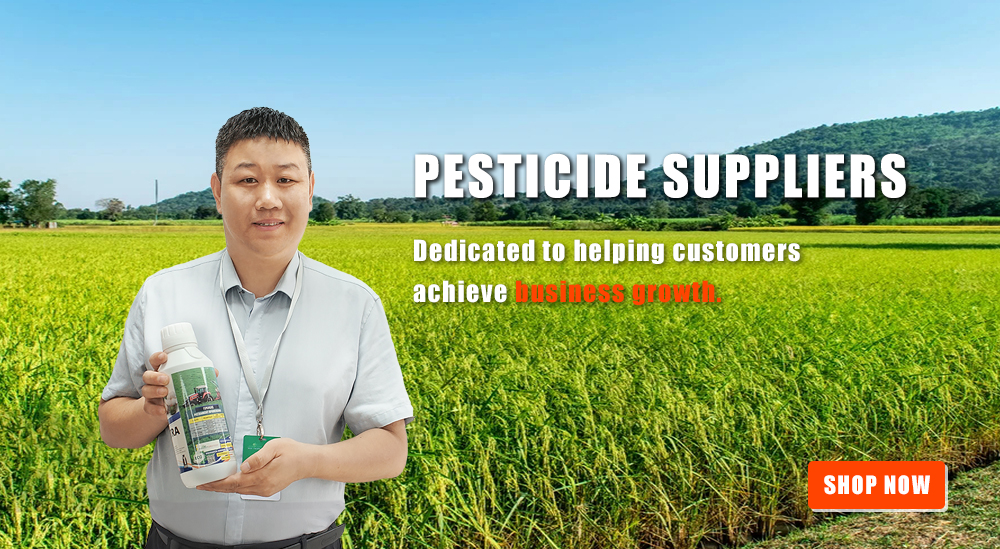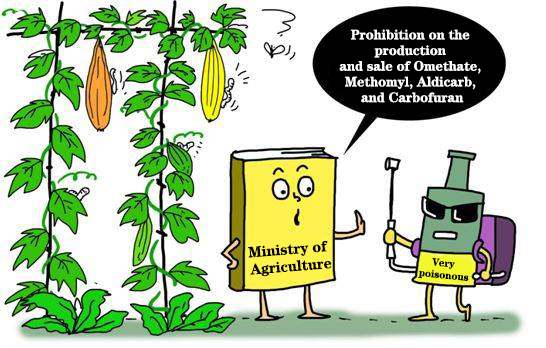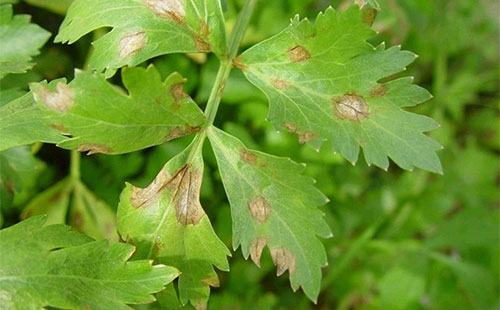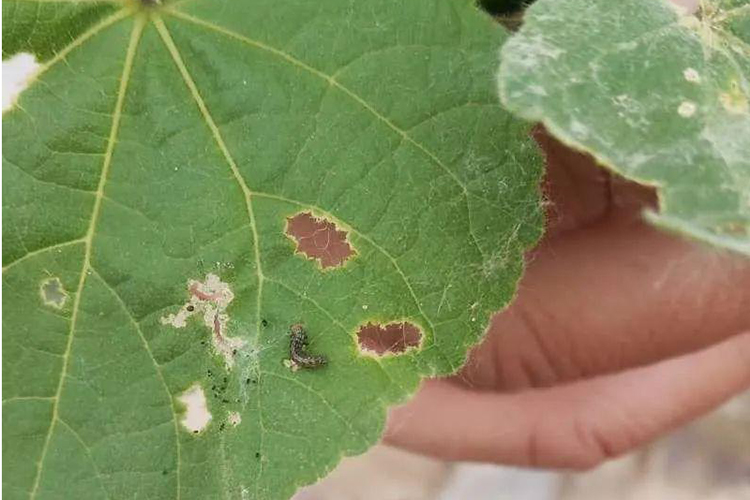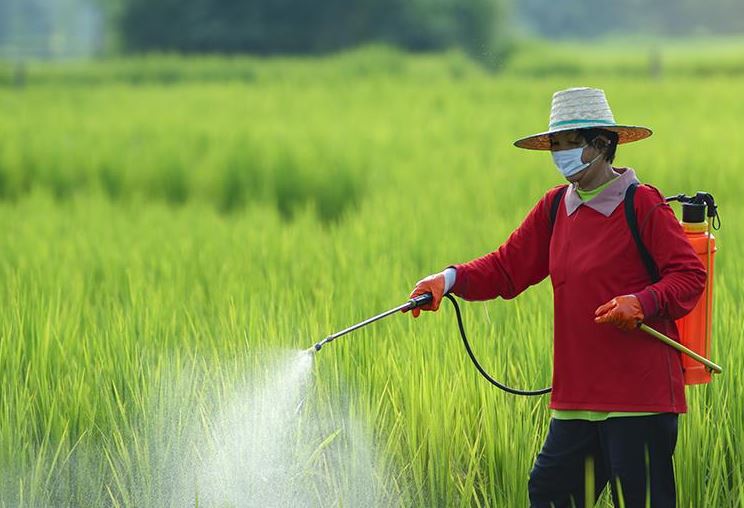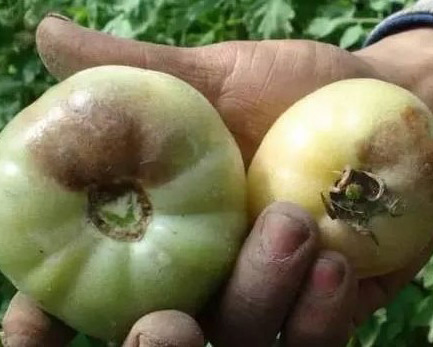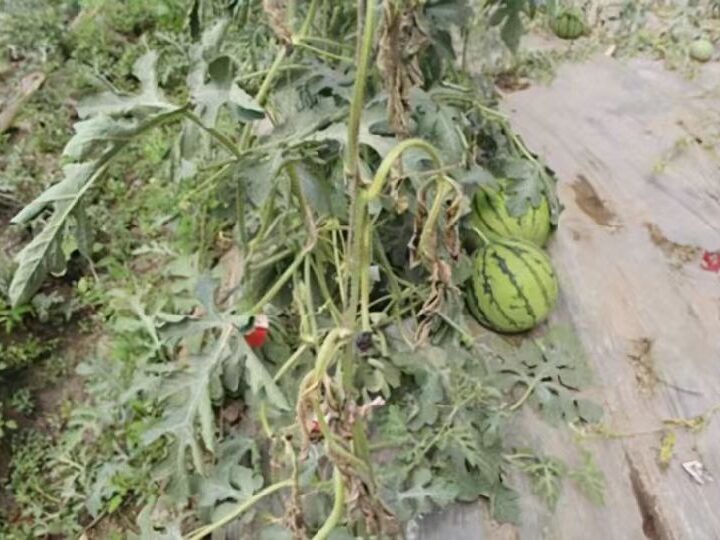

Understanding Watermelon Diseases and Their Effective Control Methods
Watermelon is among the most popular fruits during summer and is cultivated extensively around the world due to its high economic value. However, its cultivation is often threatened by various diseases that not only reduce yields but also compromise fruit quality. Therefore, understanding common watermelon diseases and their control methods is essential for successful and profitable production.
1. Fusarium Wilt
Fusarium wilt, caused by Fusarium oxysporum f. sp. niveum, is one of the most destructive soil-borne diseases in watermelon. The pathogen invades through the roots and disrupts water transport within the plant.
Symptoms:
Initially, older leaves turn yellow. As the disease advances, plants wilt during the day but may partially recover at night. In severe cases, the entire plant collapses. Cutting the stem near the base reveals brown discoloration in the vascular tissue.
Favorable Conditions:
- The fungus survives in the soil for many years.
- Temperatures between 25°C and 30°C promote rapid spread.
- The pathogen spreads through plant debris and contaminated tools.
Control Strategies:
To manage fusarium wilt effectively:
- Choose resistant varieties.
- Improve soil drainage and avoid excessive irrigation.
- Practice crop rotation with non-host crops like corn or onions for 4–5 years.
- Apply chemical fungicides such as Carbendazim or Hymexazol early in the season.
2. Powdery Mildew
Powdery mildew, primarily caused by Podosphaera xanthii and Erysiphe cichoracearum, is less prevalent than downy mildew but can still impact yield if unmanaged.
Symptoms:
White, powdery fungal growth appears on both sides of the leaves. Affected leaves often yellow, curl, or fall off. In severe cases, fruit may become sunburned due to reduced foliage coverage.
Favorable Conditions:
- The disease thrives during warm, dry days and cool nights.
- Wind can rapidly carry spores to new plants.
Control Strategies:
To prevent the disease from spreading:
- Plant mildew-resistant cultivars.
- Use systemic fungicides such as chlorfenapyr.
- Remove and dispose of infected leaves promptly.
- Maintain field sanitation to reduce initial spore sources.
3. Gummy Stem Blight
This disease, caused by Didymella bryoniae, affects both seedlings and mature plants, particularly under wet and humid conditions.
Symptoms:
Stem lesions begin as water-soaked areas that darken and produce gummy exudate. Leaves develop round, tan spots with black specks, while fruits may show large, water-soaked patches dotted with black fruiting bodies.
Favorable Conditions:
- The fungus persists in infected crop debris and seeds.
- It enters fruits through wounds or natural openings.
- Moderate temperatures combined with high humidity accelerate disease development.
Control Strategies:
To reduce infection:
- Use certified, disease-free seeds.
- Remove and destroy infected plant parts immediately.
- Handle vines carefully during cultivation to avoid injuries.
- Rotate crops for at least two years.
- Apply fungicides like boscalid at the first sign of symptoms.
4. Bacterial Fruit Blotch (BFB)
BFB, caused by Acidovorax citrulli, can cause severe fruit loss both in the field and after harvest.
Symptoms:
Dark green, water-soaked lesions form on the fruit’s surface, which expand and crack over time. The fruit often appears greasy. In seedlings, similar lesions may occur on cotyledons.
Favorable Conditions:
- The main source of infection is contaminated seeds.
- Warm and humid environments encourage rapid outbreaks.
- Wind-driven rain aids in spreading the bacteria between plants.
Control Strategies:
To manage BFB effectively:
- Use pathogen-tested, disease-free seeds.
- Remove and destroy infected plants without delay.
- Enforce strict hygiene protocols in the field.
- Avoid fieldwork when foliage is wet to reduce spread.
- Apply copper-based bactericides preventively.
5. Viral Diseases (WMV, ZYMV, PRSV)
Viruses such as Watermelon Mosaic Virus (WMV), Zucchini Yellow Mosaic Virus (ZYMV), and Papaya Ringspot Virus (PRSV) frequently infect cucurbit crops, including watermelon.
Symptoms:
Infected plants often exhibit mottled and deformed leaves, along with stunted growth. Fruits may become misshapen or show uneven ripening, resulting in significant yield losses.
Transmission and Conditions:
- These viruses are mainly transmitted by aphids in a non-persistent manner.
- Weeds and volunteer cucurbit plants can also act as reservoirs.
Control Strategies:
To prevent viral outbreaks:
- Eradicate cucurbit weeds around cultivation areas.
- Use reflective mulches to repel aphids.
- Select virus-resistant varieties.
- Apply insecticides such as imidacloprid to control aphid populations.
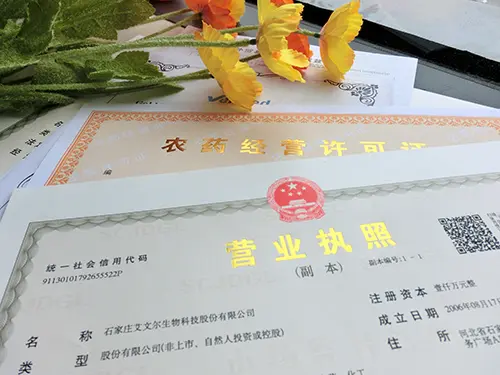
Certificate support
We provides various certificates, including SGS, IBO, and ICAMA. These certifications help customers gain a competitive edge in the market. Awiner assist clients in registering pesticides.
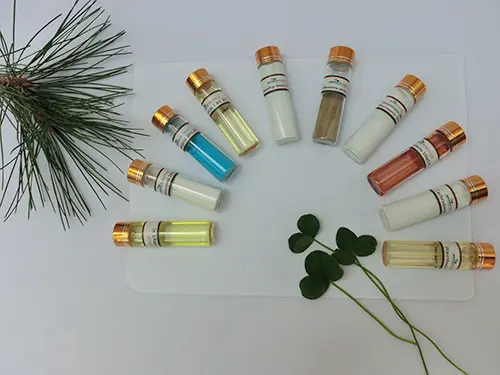
Customized pesticide formulation
A professional technical team will formulate pesticide single agents or combination products tailored to the local conditions and specific needs of crops in the customer’s region.
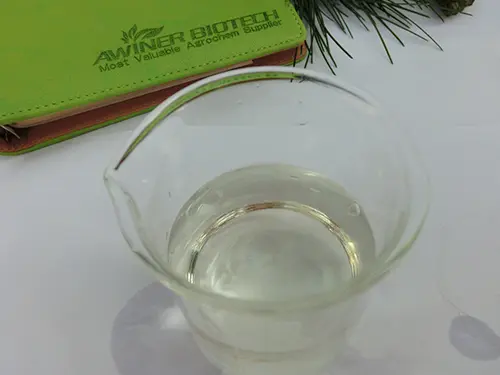
Support samples
Providing samples is part of our excellent service. Generally, samples can be provided within 3 days, and our staff will send them to customers as soon as possible according to the schedule.
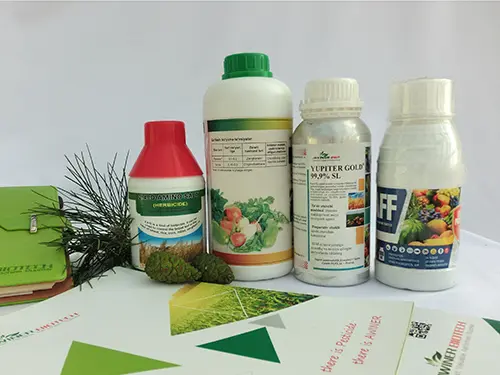
Packaging customization
Pesticide liquid bottles, aluminum foil bags, labels, logos, and more can all be customized to meet customer needs. Our professional design team provides quick design services for customers.
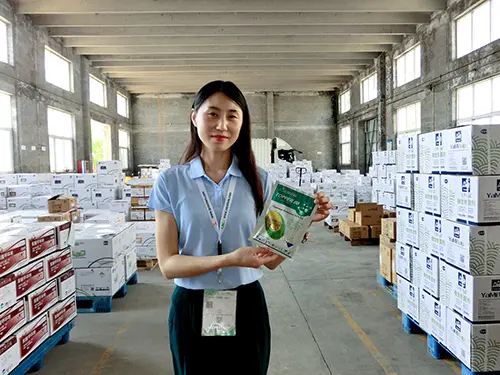
Market Assistance
We collaborate with multiple countries on pesticide exports and can provide customers with local market product data. This helps our clients quickly gain a foothold in the local market.

After-sales service
Pre-sales and production are our strengths, but our after-sales service is also a key advantage. Our professional after-sales team assists customers with customs clearance, sales, and other related issues.
